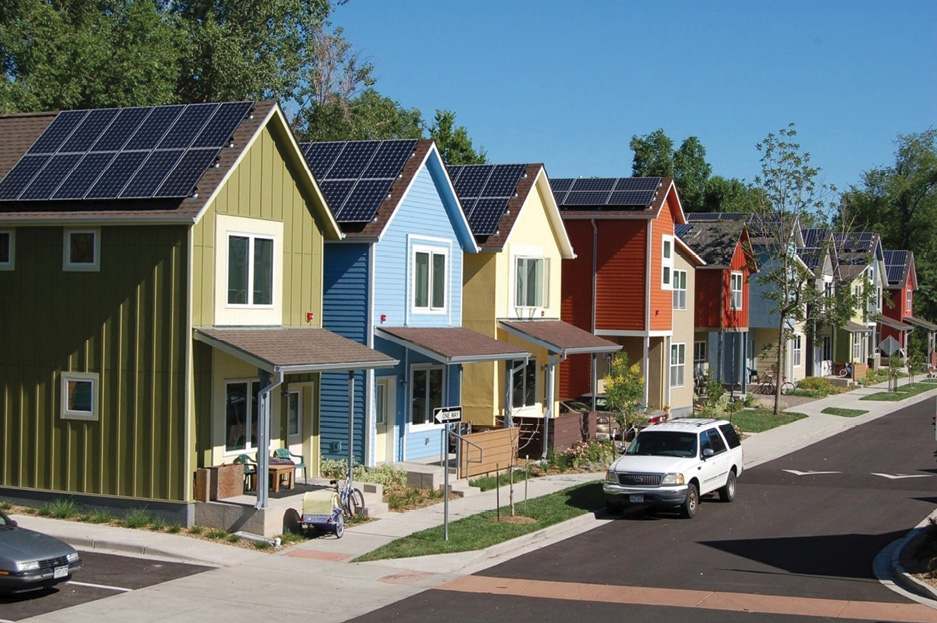

I trust that this book has helped demystify some of the vague unknowns and confusing propaganda about PV solar energy systems, and that it has shown you the basics of planning and properly installing an efficient PV solar rooftop system.
You’ve seen the layout of a system from the rooftop panels to the grid, and now you understand what components you’ll need to buy and how to make intelligent decisions about choosing the optimal type and number of PV modules, selecting the best type of inverter for your system, and deciding on the type of mounting support system and how to determine the best layout of the PV panels for your particular roof.
Whether your goal is to save a lot of money on your electric bills, to generate your own clean energy, to increase the appraised value of your home, or all of the above, then investing in a PV solar rooftop electric system is a wise decision. Even a relatively small solar electric system can produce reliable, economical, pollution-free energy for your home.
A PV solar system that can provide 100 percent of your total consumption requirements might seem appealing, but it may not be financially feasible for your budget. Or it may not be practical due to space limitations on your rooftop. As a general rule, about 100 square feet (equivalent to five solar panels) will generate roughly one kilowatt per hour (kW/h) of electricity, but only when the sun is high and perpendicular to the panels. Most residential solar electric systems require at least 100 to 200 square feet (for small “starter” systems), and up to 1,000 square feet for 40 to 50 modules. Of course, commercial and industrial PV rooftop systems require much more surface area than this. Regardless of the PV system size, residential or commercial, the basic contents of this book will still apply.
The total installed cost of a PV solar system is a considerable investment, but the overall cost is getting cheaper by the year, and in many countries the cost of PV power for the homeowner has already reached the goal of “grid parity.” Grid parity is when the cost of producing electricity by PV solar is equal to the cost of conventional electricity produced by large generators that burn carbon-based fuels. PV solar-generated power becomes more attractive and more competitive as the electric utility billing rates go up. Moreover, since the investment payback period is usually only five or six years with government financial incentives, and since the electricity cost savings continue for another 20 years after payback (electricity essentially becomes free after the payback period), PV solar makes eminently good business sense, both for the homeowner and the banks that finance PV rooftop systems.
Some people have a flawed concept of solar energy. While it’s true that sunlight is free, the electricity generated by PV systems is not. There are many factors involved in determining whether installing a PV system would be an economical alternative for any given home. There’s the question of geographical location, installation cost, and true personal long-term benefits relating to your unique lifestyle and needs.
However, the demand for PV solar continues to grow as equipment prices fall, to the point where PV solar systems produce power at competitive levels (grid parity) with conventional power from the utility company. The demand for PV solar is also stimulated as the world becomes increasingly aware of the environmental concerns associated with conventional power sources, which depend on burning carbon-based fuels. Considering all these growing trends worldwide, there’s little doubt that photovoltaics have a bright future and will continue to grow.

Millions of homeowners worldwide have decided to go solar. They can’t all be wrong!